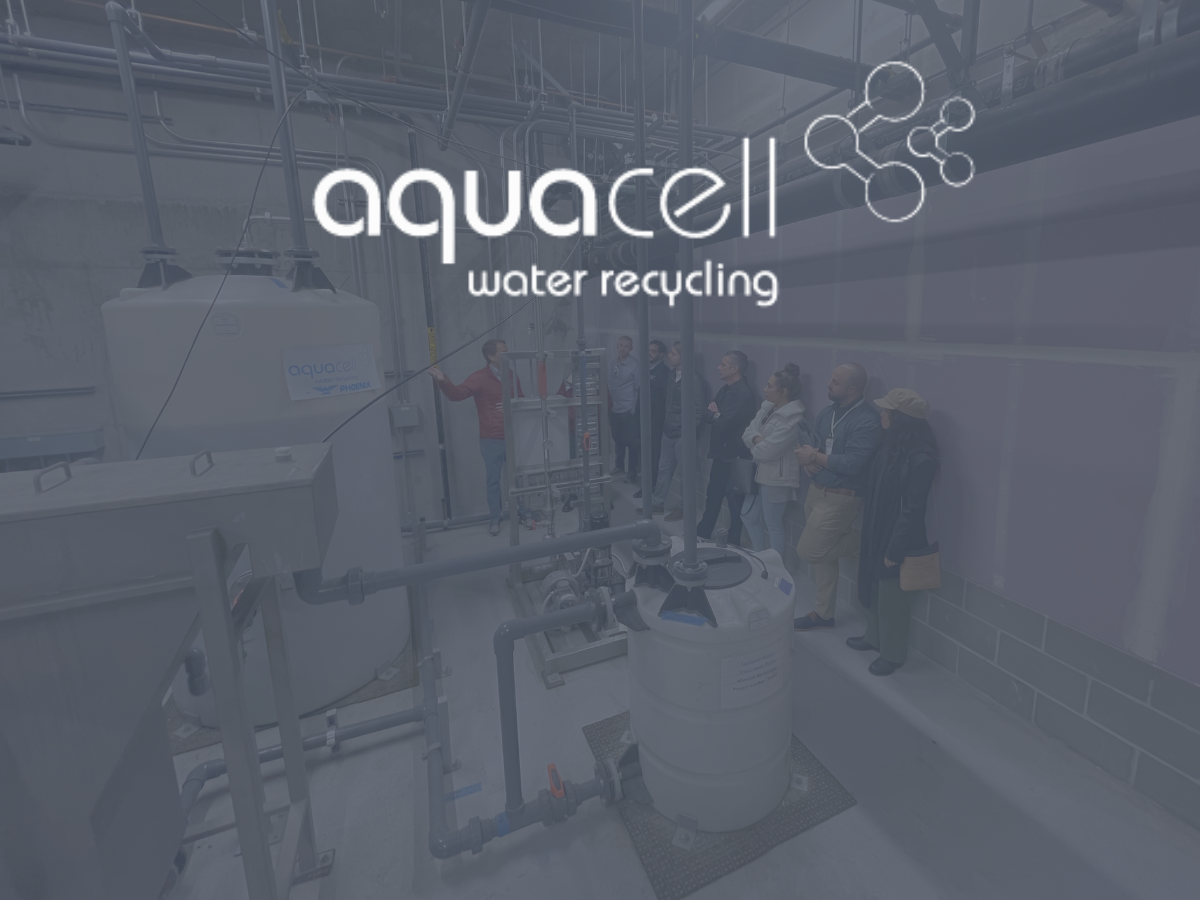How Atmospheric Water Generators Make Water From Air
Water is a precious resource for human and planetary life to exist. Increasing droughts, natural disasters, and contamination of water supplies are drivers for water scarcity.
There are solutions such as the invention of atmospheric water generators. And yet, the mainstream has not caught on.
What are Atmospheric water generators and how do they work?
Atmospheric water generators (AWG) uses technology to produce high quality potable water from surrounding air. The most commonly used AWG system employs condenser and cooling coil technology to pull moisture from the air in the same way a household dehumidifier does.
This water goes through a filtration process which includes sediment, mineral, pre and post carbon reverse osmosis, UV light, and alkalinization.
Access to clean water is not guaranteed.
1.1 billion people worldwide lack access to water
2.7 billion find water scarce for at least one month of the year
Source: World Wildlife
Drought, hurricanes, infrastructure failures such as pipe corrosion, and contaminated public water supplies have increased the interest in AWG technology as both emergency and long-term supply solutions.
We’re draining reservoirs.
Before and after photos of Lake Mead recently went viral for its shockingly low water levels. Pictures also exposed sunken WW2 boats and dead bodies.
Millions of people currently rely on the reservoir for drinking and irrigation. As water levels drop, Californians face stricter drought restrictions.
The California aqueduct is old and inefficient.
Built 100 years ago, the aqueduct spans 701 miles transferring water in exposed and unlined canals. This is how Los Angelenos still get water today. Problems with the system:
Waste: billions of gallons of water a year evaporate
Erosion: sinking sections of the canals have reduced carrying capacity by 20%
GAIA’s AWG case study for a residential home.
GAIA created a closed-loop water system for a residential house in Los Angeles.
AWGs powered by solar energy create and filter water which is automatically funneled into the laundry machine. Then, the used laundry water (greywater) moves into the front yard through piping, irrigating fruit trees which produce for residents. The outcome is year-round food production despite little rainfall in Southern California.
The results from the water quality test show that the AWGs remove sediments, microorganisms, organic and inorganic contaminants, herbicides, pesticides, fertilizers, and disinfectants. The potable water from air is safe enough to drink!
Atmospheric water generating machines are part of a holistic strategy for creating efficient water systems.
Rain is free water.
Can you believe it was illegal to collect rainwater until 2012? Today, rainwater harvesting is being driven by codes for both commercial and residential buildings, helping end-users reduce their dependence on municipal water systems.
Every rooftop gutter is an opportunity to capture free water and re-use it for irrigating trees, plants, or in our case – filter it through an AWG then re-use it for other water needs.
*In Los Angeles, a special permit used to be required.
Instal a laundry to landscape greywater recycling system.
“My home creates electricity from the sun using solar panels, which powers the atmospheric water generators which create water from air and collects rainwater. That water is then heated in a heat-pump water heater powered by the photovoltaic panels… the byproduct is free cooling which is ducted into my house for air conditioning… the hot water is used for my shower, sinks, and laundry and it then goes to my fruit trees and garden.
So we make electricity from the sun, make water with that electricity, heat the water with that electricity and cool the house for free, shower with that water, and then water the garden. What’s not to like?” – Ryan McEvoy, homeowner of Campbell Collective
How to save water in commercial buildings?
GAIA has developed deep knowledge in closed-loop water systems which save property owners money while conserving surface and groundwater supplies.
For information on how to implement water saving systems at a commercial building, contact hello@gaiadevelopment.com.










